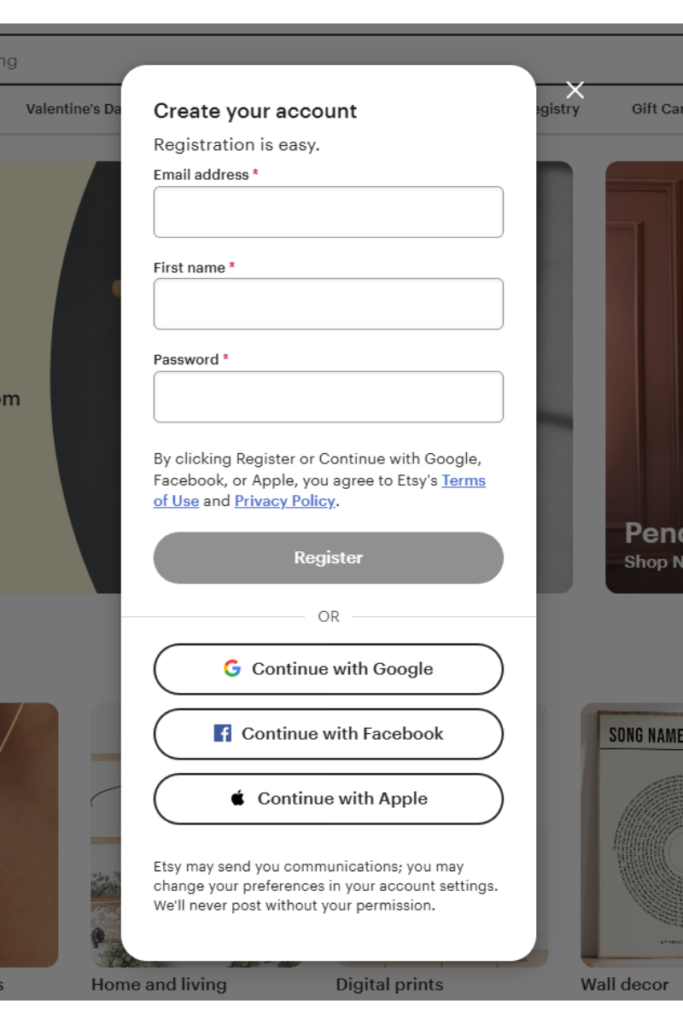How to Set Up Your Etsy Store: A Step-by-Step Guide
Starting an Etsy store is an exciting venture for anyone passionate about selling handmade items, vintage treasures, or crafting supplies. With over 400 million visitors a month , Etsy offers a fantastic opportunity to reach a global audience and is super easy to set up , making it the perfect platform for beginners to sell their handmade items or supplies. Here’s a comprehensive guide to help you set up your Etsy shop and set yourself up for success.


